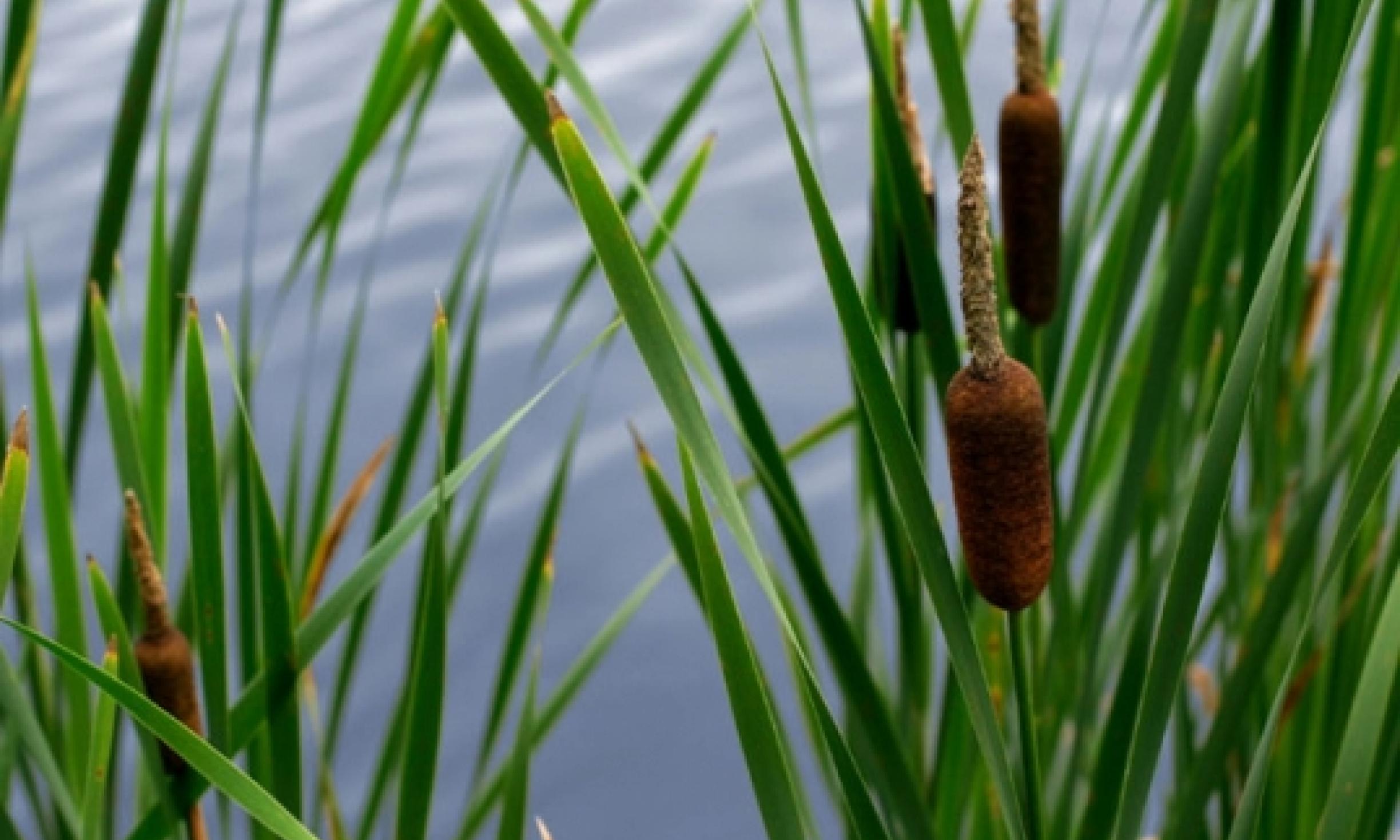Dan Olsen/Shutterstock.com
Just a few years after people first went to the Moon, Sea-Monkeys joined them.
Let’s get the frustration out of the best way first: Sea-Monkeys, regardless of promoting which will counsel in any other case, aren’t aquatic primates. They’re really brine shrimp—small crustaceans within the order Anostraca that inhabit brine swimming pools and different saline inland waters worldwide. Measuring as much as 15 mm (0.6 inch) in size, their look is pinkish and unsettling: they’ve stalked compound eyes, leaflike limbs, and a slender stomach that, with out appendages, seems one thing like a tail. To swim, brine shrimp undertake an upside-down place and rhythmically beat their legs—which additionally they use to filter green algae, their main meals supply.
Brine shrimp (particularly the species Artemia salina, present in Utah’s Nice Salt Lake) are recognized for his or her standing as a well-liked feeding possibility for aquarium animals. Below their correct identify, they’re nowhere close to as well-known as their shut relative the tardigrade, one other small and strange-looking invertebrate that has garnered attention online for its lengthy lifespan and close to indestructibility. Nevertheless it was the brine shrimp, underneath the identify Sea-Monkey, that grew to become a house aquarium pet designed to shock and amaze kids by hatching in water. And it was brine shrimp that made it to the Moon.
(A fast disclaimer: although all Sea-Monkeys are brine shrimp, not all brine shrimp are Sea-Monkeys. Since a bulk order of novelty Sea-Monkey zoos is nowhere to be present in NASA’s archives, it’s secure to say that the company sourced its personal shrimp.)
In 1972, when Apollo 16 astronauts John W. Young and Charles M. Duke, Jr., got down to change into the ninth and tenth males to Moon walk, brine shrimp traveled with them as a part of the Biostack experiments—research testing the results of cosmic rays on micro organism spores, seeds, and brine shrimp eggs. The experiments have been designed to supply perception into the doable results of these rays on people too, permitting NASA to raised perceive radiation’s impact on folks in house.
By stacking spores, seeds, and shrimp between layers of radiation-sensitive supplies, NASA may decide which topics had been struck by cosmic rays. Greater than 100 brine shrimp eggs have been struck; after they returned to Earth, many nonetheless hatched, unhurt.
However Apollo 16 wasn’t the ultimate NASA journey for these hardy creatures. In 1991, brine shrimp eggs went into house once more. This time the eggs—44 of them—have been hatched onboard the house shuttle Atlantis, changing into among the first animals born in house. 5 shrimp survived and landed safely again on Earth.
Simply as exceptional because the brine shrimp’s means to outlive outer house is its means to return alive and hatch lengthy after being disadvantaged of water. Not solely do brine shrimp dwell in aquatic habitats which have the next focus of salt than the ocean, however they have to be capable of stand up to the drying-out of these habitats. In a healthful, hospitable surroundings, brine shrimp produce thin-shelled eggs, which hatch nearly instantly after being launched. However, in an surroundings disadvantaged of water or vitamins, the shrimp produce hard-shelled eggs, or “cysts.” Contained in the cysts, the larvae exist in anhydrobiosis, a deathlike state that enables them to outlive with nearly no water till situations change into favorable for hatching.
It’s these cysts which are bought as “Sea-Monkey eggs” and that survived a visit to the Moon. When the cysts are returned to water, the larvae rehydrate in a matter of hours and hatch—whether or not they’re in a novelty tank or a NASA lab.



